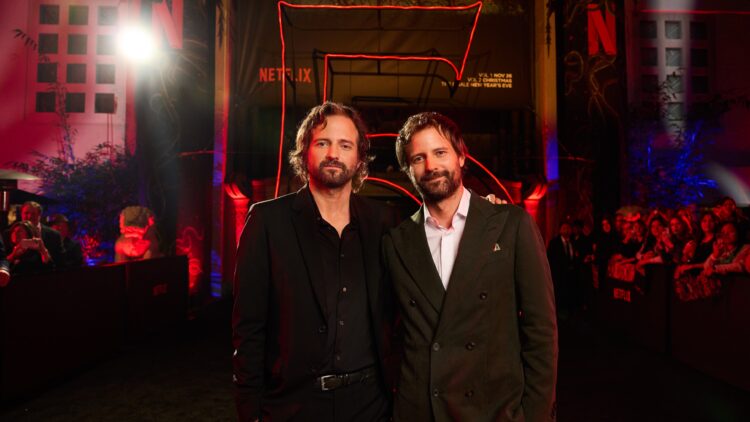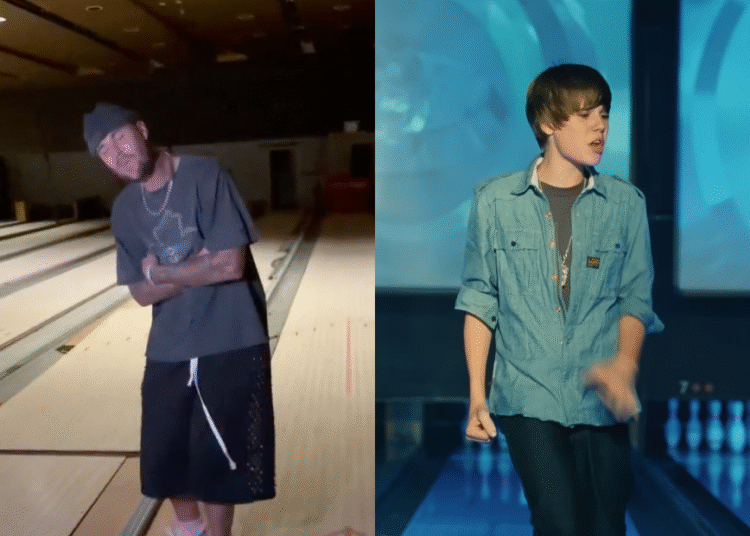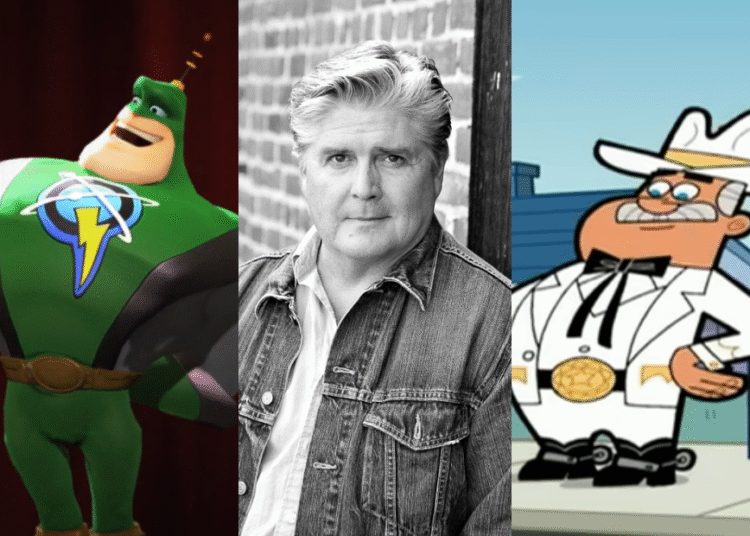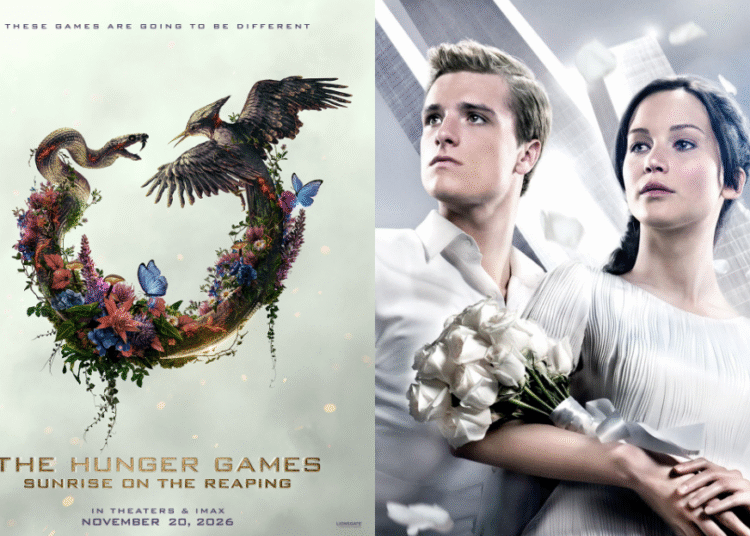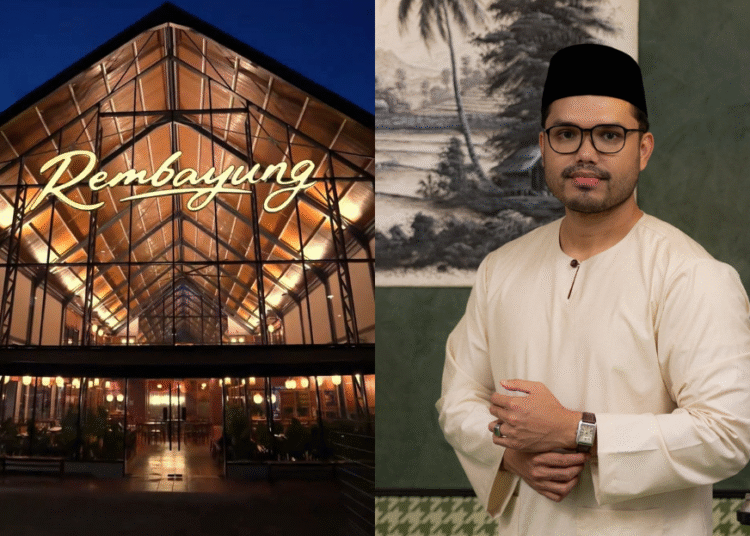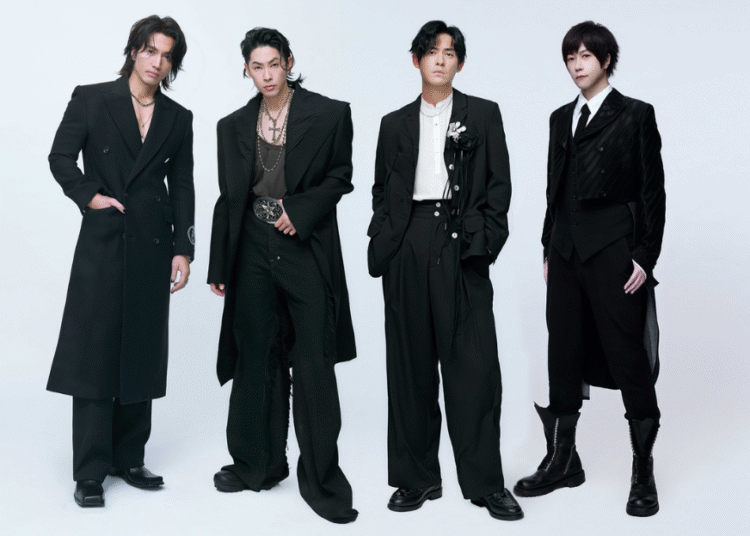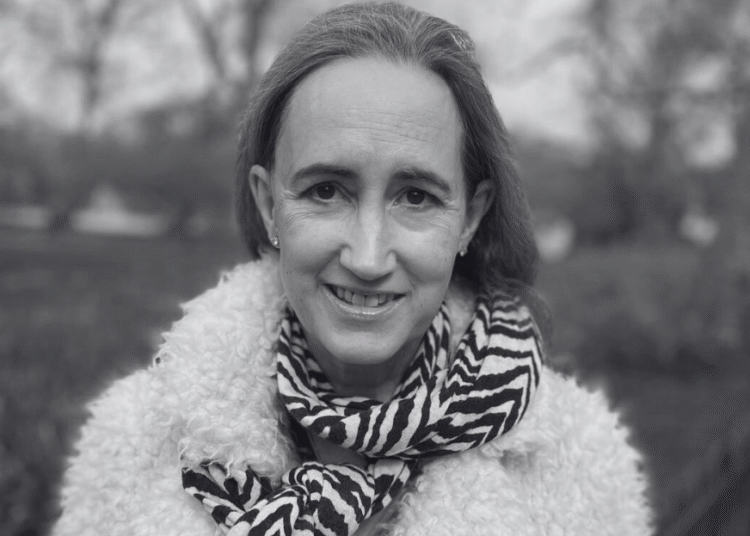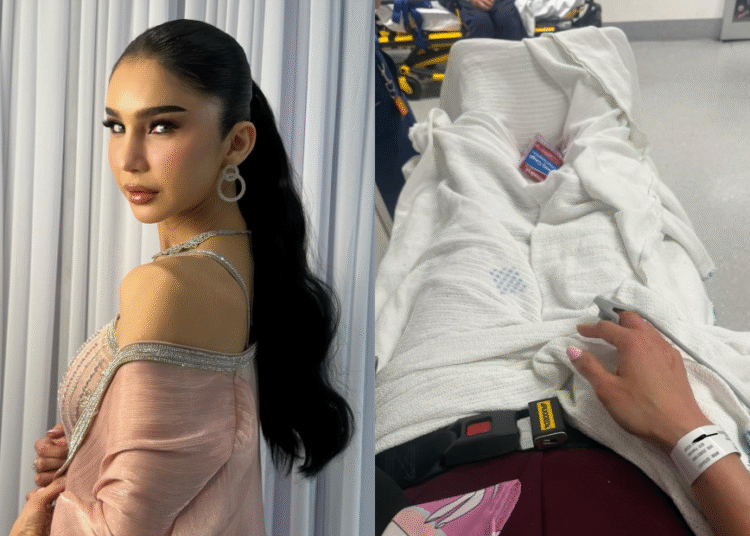After nearly a decade of metaphysical mysteries, evolving friendships, and the unmistakable heartbeat of Hawkins, “Stranger Things” is hurtling toward its final chapter with the weight of a modern myth. What began as a curious genre experiment, an unassuming fusion of Spielbergian wonder, Stephen King dread, and a retro warmth that felt almost conspiratorial, ignited into a full-blown cultural supernova the moment those synths reverberated across Netflix’s opening screen in 2016.
Within weeks, it became unmistakably clear: this wasn’t merely a hit. This was the phenomenon. A series that didn’t just flirt with ’80s nostalgia. It resurrected it, expanded it, and transformed it into a fully realised, breathing dimension that millions willingly stepped inside.
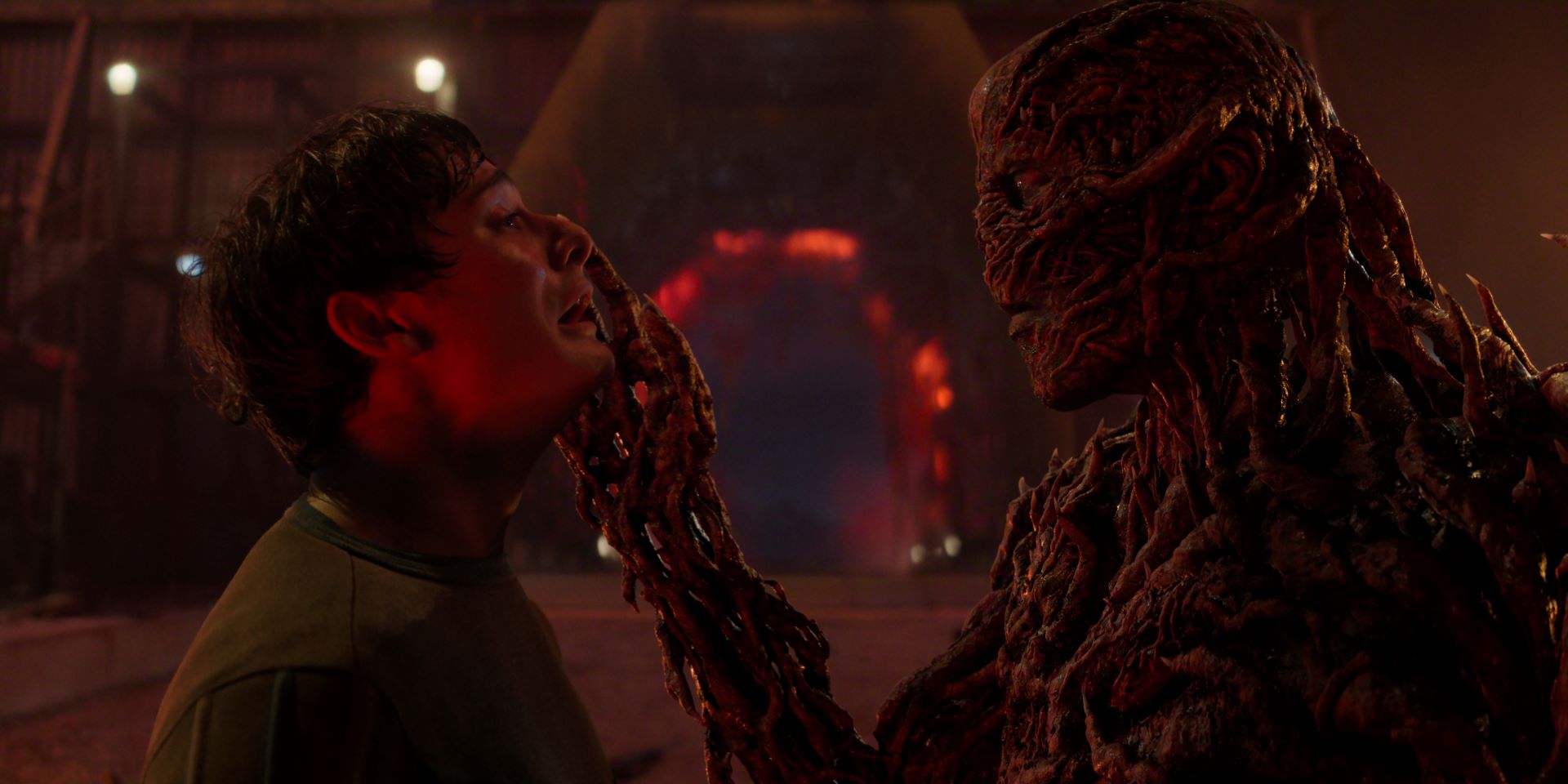
Across five thunderous seasons, Stranger Things didn’t simply capture the world’s attention; it rewired the cultural bloodstream. It gave us Demogorgons and telekinetic nosebleeds, shadow-monsters and alphabet Christmas lights used as paranormal Morse code. It alchemised small-town adolescence into modern folklore, spun terror into wonder, and elevated friendship into a battle cry that echoed across continents. The carved mythology in this streaming stone was part horror saga, part coming-of-age poem; it inscribed itself into the zeitgeist with a permanence few shows ever achieve.
But behind the labyrinth of Hawkins, the lore of the Upside Down, and a decade of escalating emotional and narrative stakes stand two minds who shaped every beat. They’re the twin architects, the mythmakers. Matt and Ross Duffer—filmmakers whose imaginations were forged in retro sci-fi marathons, monster-movie double bills, and the intoxicating thrill of being just scared enough as kids. They dreamed up a universe where Goonies-like innocence collides with Lovecraftian terror, where heart and horror walk hand-in-hand, where character always triumphs over chaos.
Speaking to the Duffer Brothers feels almost surreal. For creators synonymous with cosmic dread, hellish parallel dimensions, and world-ending stakes, they’re disarmingly warm. Bright, buoyant, almost mischievously cheerful. Their presence blends youthful exuberance and contemplative maturity, the look of storytellers who still can’t quite believe they turned the eerie tales of their childhood into one of the most seismic pop-culture events of the century.

Yet beneath that friendliness, there’s a palpable emotional gravity. They’re preparing to bid farewell to a universe they’ve inhabited for nearly a third of their lives. A universe that launched careers, forged families, and sharpened their creative identities. You can hear the nostalgia in their voices, the gratitude woven between every sentence. Relief too. Indeed, they’re hopeful, optimistic, and eager for the world to finally experience the ending they’ve been keeping.
“This is the culmination of what we hope is an epic and emotional coming-of-age journey”
As we sat down with them, it was impossible not to feel the same mixture of anticipation and finality they described. For the brothers, this isn’t just a finale; it’s the culmination of a colossal creative odyssey. The moment where every breadcrumb, every shadow, every lingering question coalesces into a final, definitive truth. A chance to close the circle they drew back in 2015 and send off their characters, and themselves, with the emotional force that has defined “Stranger Things” from the very beginning.
And now, with the finish line shimmering on that scarlet horizon, our conversation with the Duffers begins exactly where it must: with the mysteries of the Upside Down, the fate of Hawkins, and the final pieces of a story that dared to change television forever.
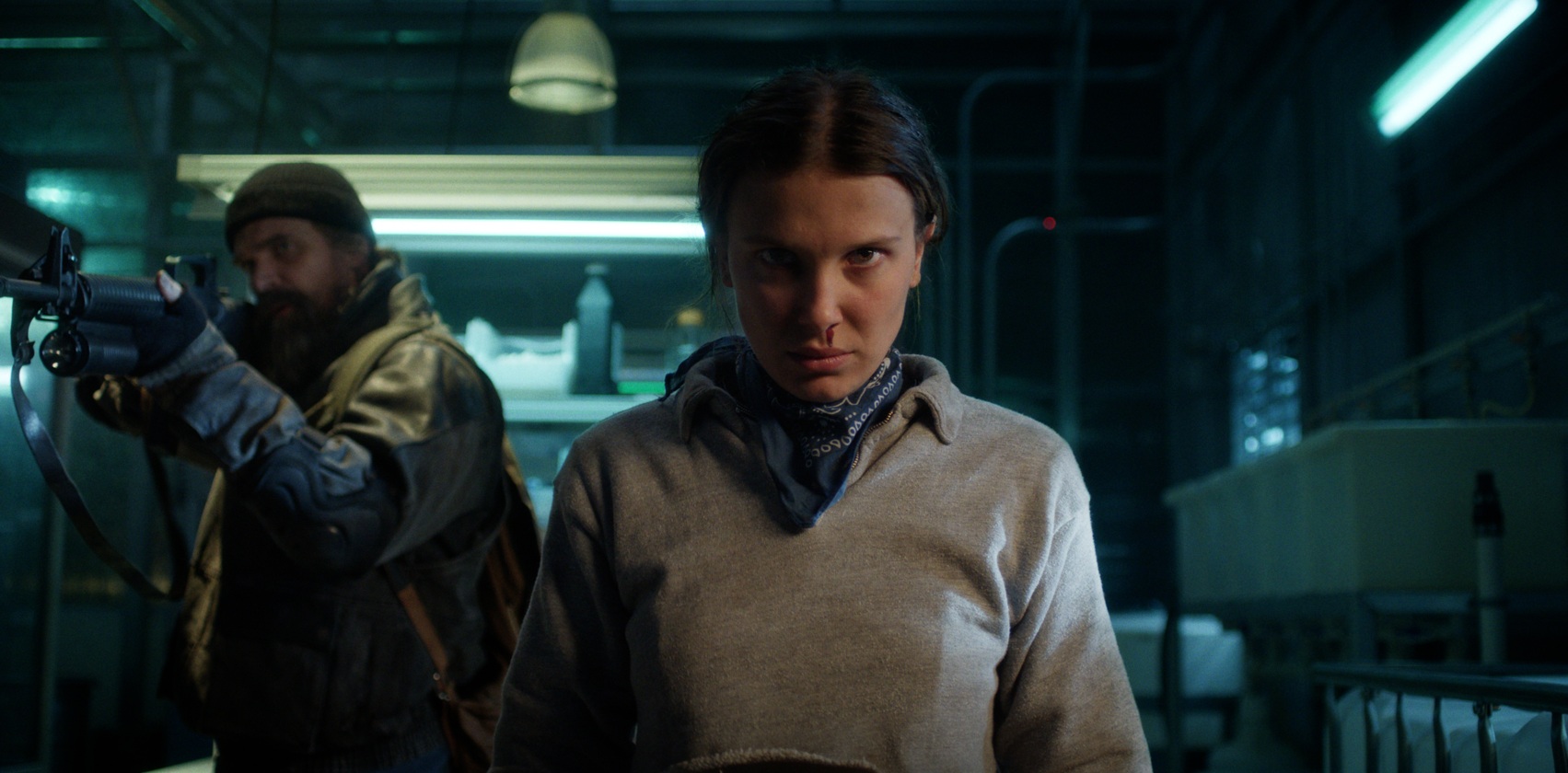
We’re finally at the point where the show has to reveal the full truth about the Upside Down. How much of that have the two of you been keeping under wraps all these years?
Ross: Quite a lot. We had a full mythology document that we worked on with our writers partway through season one, where we went into great detail about exactly what the Upside Down is. I think we’ve started to give away a few small details — like in season four when we saw that it was frozen in time — but we’ve really wanted to let it remain a mystery for as long as possible. Obviously, this being the final season, we have to tell everyone, and we’re really excited to finally pull back the curtain and show our cards.
Matt: Yeah, you learn everything. You learn why it looks like Hawkins, why it’s frozen in time, and why there are vines everywhere. Hopefully, those answers are satisfying to fans.
Was a five-season arc always the plan, or did it become clear along the way that this was the natural endpoint?
Matt: That’s a good question. It’s something we realised as we continued to work on the show. After season two, I said maybe this would be four seasons. We always knew it would be around four, but when we started writing season three, and especially season four. It became clear we had too much story to wrap up in four.
In fact, seasons four and five together probably add up to three seasons’ worth of material. It was dictated by the story, but we also knew this wasn’t a show that could go on forever. It’s a coming-of-age story about these kids, and once they transition out of childhood and into adulthood, that’s the end. We’ve said everything we wanted to say. This is the culmination of what we hope is an epic and emotional coming-of-age journey.
Across ten years of making “Stranger Things”, you’ve checked off so many dream sequences for yourselves. Were there other ideas that you finally got to bring to life in Season 5?
Matt: The cool thing about Stranger Things is that because we’ve been making it for so many years, we’ve been able to scratch a lot of our itches. We wanted to do a big “Jurassic Park”-style sequence — we had that at the end of season three in the mall. We wanted to do “A Nightmare on Elm Street” story, and we got to do that with Vecna in season four. So, a lot of the things we dreamed of doing as filmmakers, we’ve been fortunate enough to do within the Stranger Things sandbox, which has been so massive. I’m trying to think this year, Ross.
Ross: We have a pretty big battle sequence.
Matt: Yeah, like a war-type, action battle sequence. We’d never done anything like that before.

Ross: It was so challenging to do. I’m glad we did it, but it was not the easiest thing to film. That was another big box we wanted to check.
Matt: It’s out of our system now.
You guys have been creating together since childhood. Do you ever have disagreements on set, or have you found a rhythm after all these years?
Matt: We’ve never disagreed. Never. Ever. No, we do disagree occasionally. We’re not just brothers; we’re identical twins. We’ve been making movies together since third grade — though they weren’t really movies, just us filming our stuffed animals. We’ve been collaborating for as long as I can remember. I don’t remember not making things together. We think alike and work really well together. The most we disagree is probably during writing, but by the time we’re on set, we’re on the same page about how we want to shoot or what we want out of a scene. If we do disagree, we just walk twenty feet away and have our little discussion. So, everyone on set thinks we never disagree, which I’m proud of. But it’s not entirely true.

Ten years on a series means ten years of memorable props. Did you manage to hold onto any favourites as keepsakes?
Matt: Ahhh, you’re asking me to admit to thievery… What props have we taken? I wish I’d taken more.
Ross: Mostly, we give them to the actors. This year, every actor’s wrap gift was one of the key props that meant a lot to them and their character.
Matt: We took a lot of the signage — the Benny’s Burger sign, the Palace sign, the Hawk movie theatre sign. We also took some really cool props from the final set, which I can’t talk about. There were other things we wanted, like a Demogorgon, but we were told it was made of a rubber-like material that would melt and become disgusting.
Ross: To be clear, I don’t think we stole them. I think we asked permission.
Matt: Did we?
Ross: Yes, we did. Definitely.
Matt: I think it was more of a forgiveness rather than an asking situation.
Ross: I think we asked.
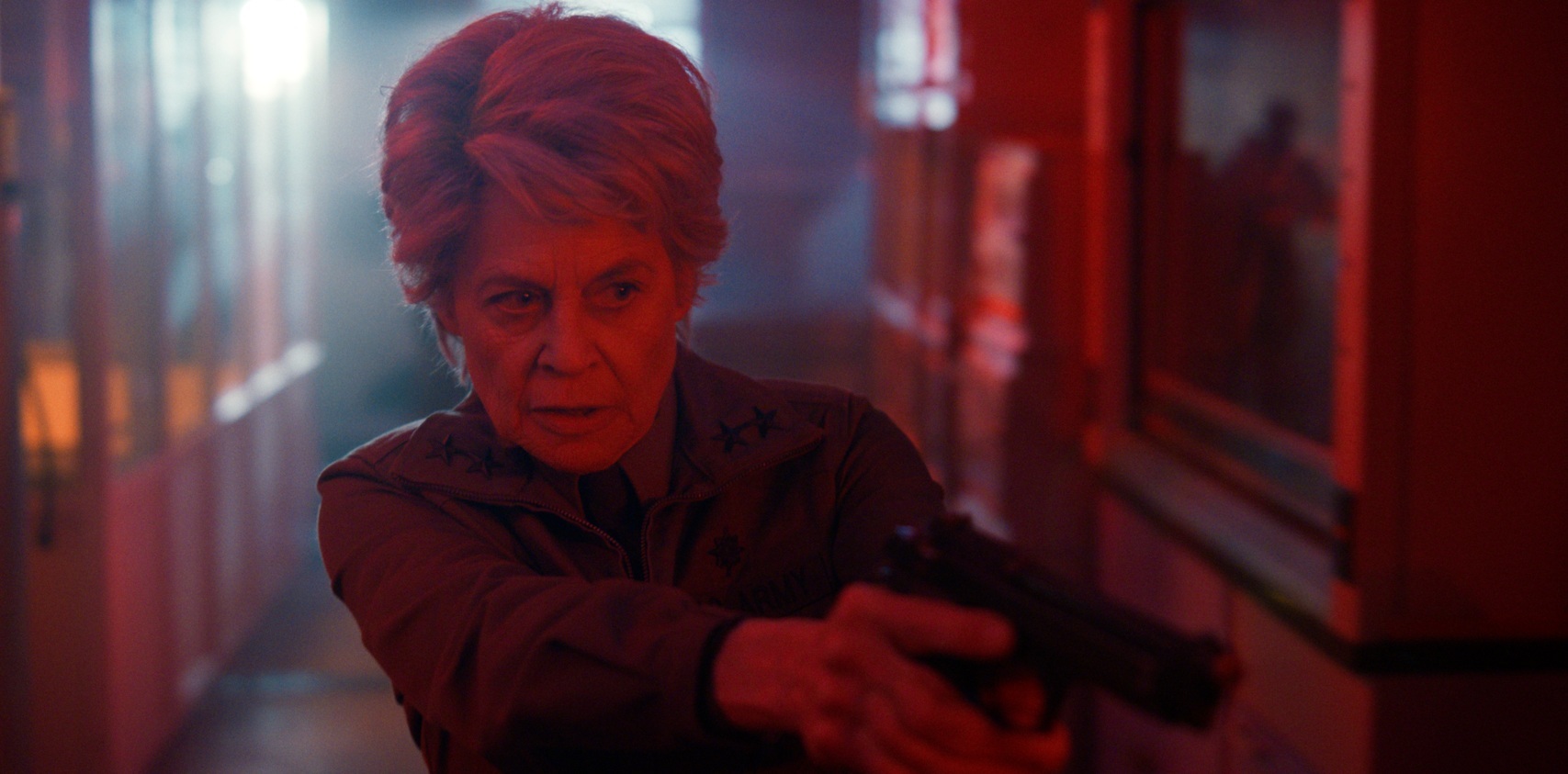
This season brought in Linda Hamilton, an ’80s icon in her own right. What was it like welcoming her into the world of “Stranger Things”?
Ross: Incredible! We grew up huge fans of Linda. Whenever you meet someone who’s a legend to you, you’re always anxious — what if they’re not nice or difficult? Linda was anything but. She was kind, enthusiastic, and just willing to do anything. She was so excited to be part of the show.
The most surreal thing for us was that she was already a fan of the series. She’s such a fan, but she can’t watch things that she’s in, so she said, “You’ve ruined the final season for me because now I can’t watch it.”
Matt: I told Linda, “Just fast-forward through your scenes. If you don’t want to, let your kid do it.” She’ll be fine — she’s going to watch the show. I’m going to make her watch it.
Ross: We’ll have a chat.
One of the standout locations in this season is the WSQK radio station. Was that design inspired by a real place you knew?
Matt: Yeah, we grew up in North Carolina, and there was a radio station near us that served as inspiration. The design of the WSQK station — both the exterior and interior — is based heavily on a real North Carolina station. We didn’t know about it growing up; I actually stumbled upon it while googling images of radio stations.
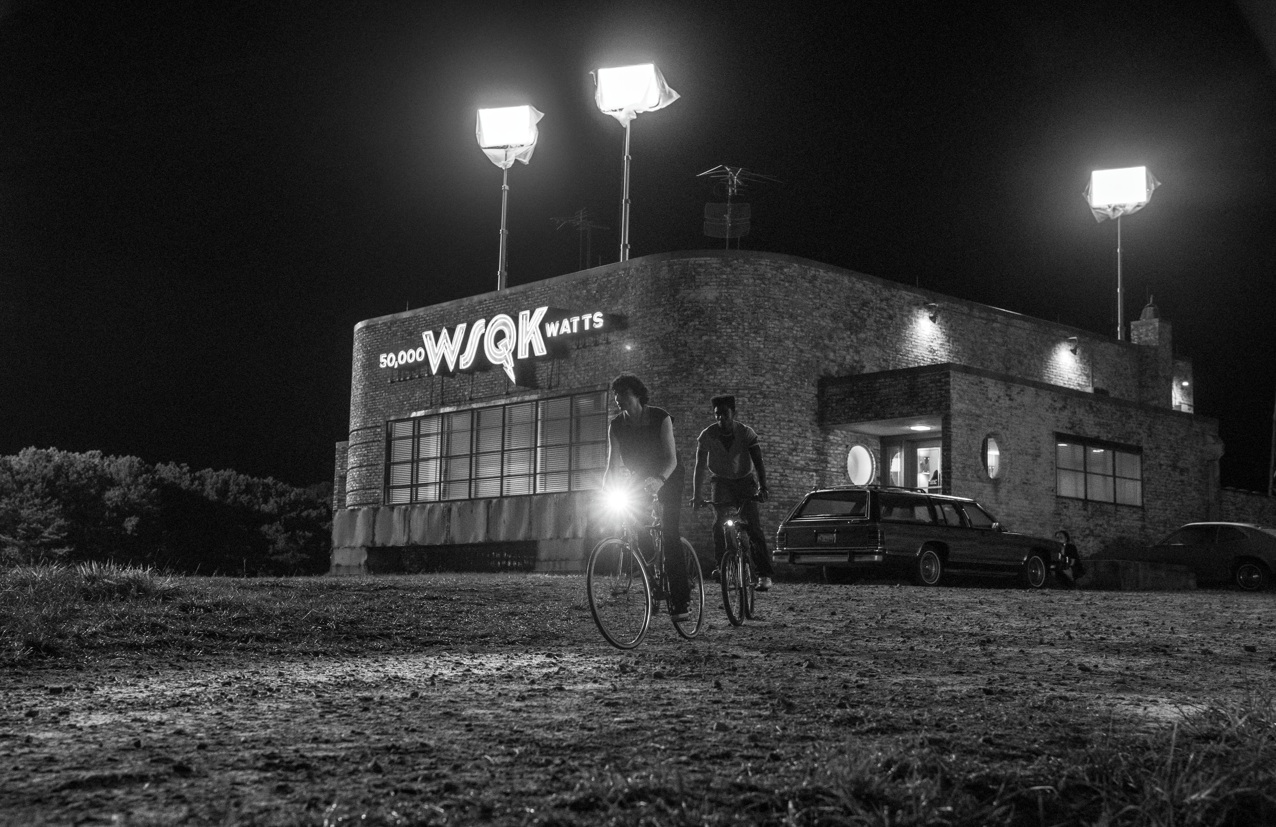
Ross: And it happened to be about ten miles from our childhood home.
Matt: Maybe we passed it in the car when we were younger, and I’d just forgotten. Maybe that’s why I was drawn to it. I don’t know.
The show’s sound has become iconic thanks to Kyle Dixon and Michael Stein. How did the stakes of this final season shape your collaboration with them?
Ross: Their sound has evolved over the years. They’ve created so many themes that we love and that fans love. They’re such an important part of the show’s DNA. What’s interesting this year is the creation of new themes for the characters’ journeys, but also weaving in old ones. They’ve written so much music over the past four seasons, and we’re bringing back many of those themes to resonate with audiences, even subconsciously, and help connect all the seasons.
Matt: Yeah, I think there’s music from every single season in this final season, which is really cool.
Ross: And some really badass new themes.
Matt: Really epic new songs.
You’ve compared the finale to a ‘Return of the King’-style ending. How were you able to strike a balance between giving every character meaningful closure without slowing the momentum?
Matt: The reason I talk about “Return of the King” — and people made fun of that movie for having so many endings — is that if you actually watch all the films back-to-back, the length feels perfect. For a 10-hour season like ours, the “coda,” the “Return of the King”-like ending, hopefully doesn’t feel long and instead feels satisfying. You don’t want to rush the character moments or endings. At the end of the day, people care about the mythology and the plot, but more than anything, they care about the characters. We wanted to spend a lot of time with them at the end and give each their due.
Now that you’re closing the book on such a massive chapter, what’s been the hardest aspect to let go of?
Ross: Definitely the cast — many of whom have been with us since the very beginning. We’ve been on this journey for almost ten years. A lot of them started when they were so young, and it really has become a family. We’ll all stay in touch, but we know it’s not going to be the same anymore. We’re all moving on to new stories and artistic endeavours. Joe Keery’s a rock star now, so who knows where life will lead everyone. Hopefully, we’ll work with some of them again, but we won’t all be together telling one story — and that’s the hardest thing to let go of.
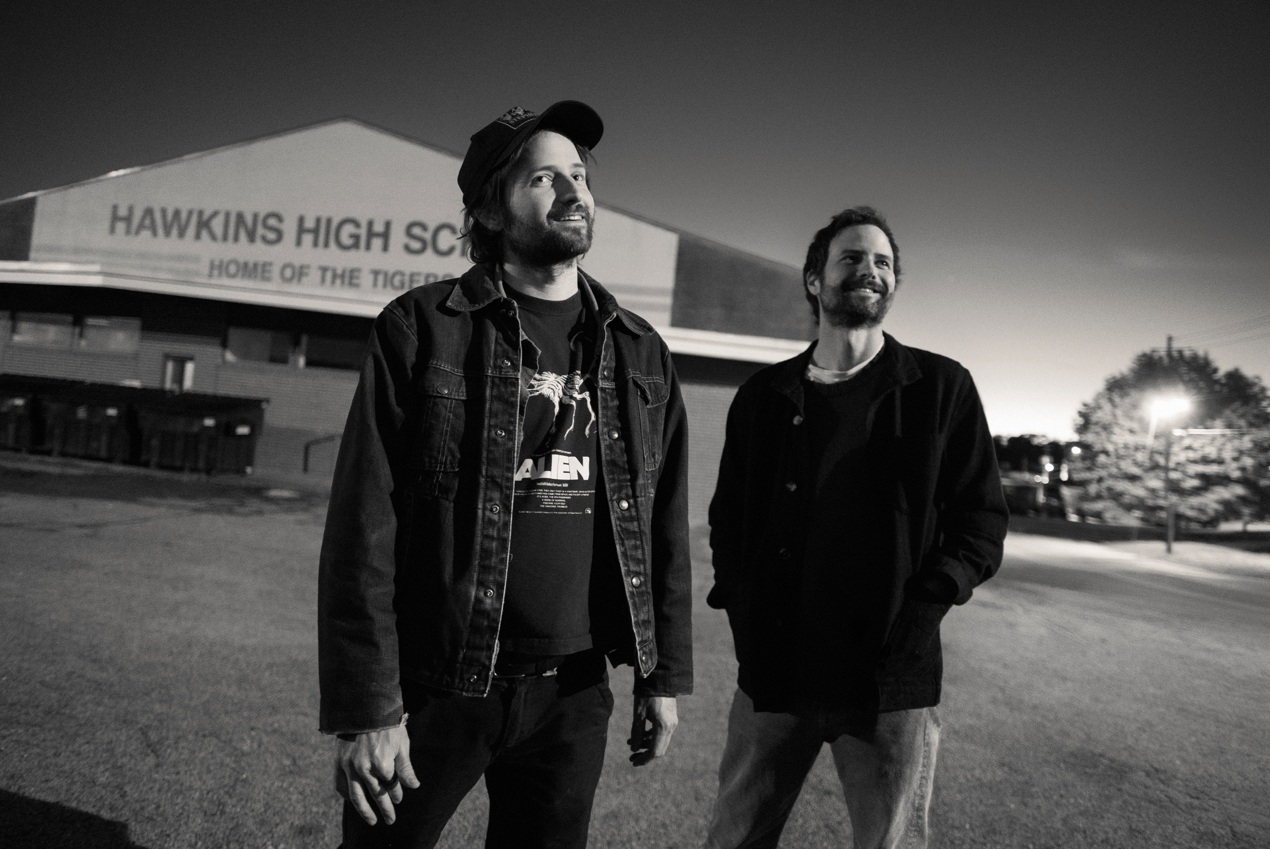
As our conversation winds to a close, one truth becomes unmistakable: “Stranger Things” is a decade-long testament to imagination, collaboration, and the power of storytelling born from childlike wonder.
With Season 5, the Duffer Brothers are closing the gates on a world that shaped them as deeply as it shaped the audience. And as Hawkins braces for its final battle, Matt and Ross step forward with the same mix of courage, heart, and hope that defined their characters from the very beginning. The ending is here. And they’re finally ready to share it.
Watch the first five minutes of Netflix’s “Stranger Things” Season 5 here:

Watch the official trailer here:

Are you ready to return to Hawkins one last time?
The final season of “Stranger Things” is rolling out on Netflix in three parts soon!
- Volume 1: 27 Nov 2025 (4 episodes)
- Volume 2: 26 Dec 2025 (3 episodes)
- The Finale: 1 Jan 2026
Set your reminders. Grab your Eggos. The end of an era is here.

